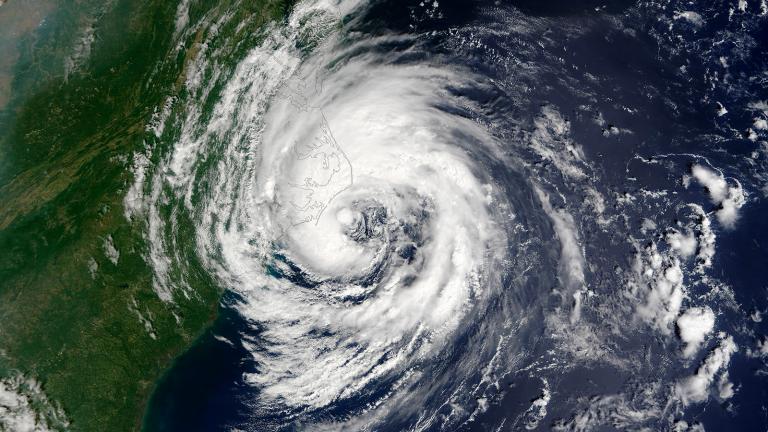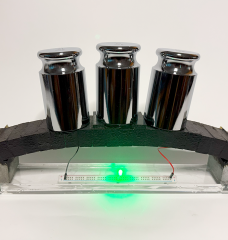
Across the Institute, work is underway to understand and address Earth’s changing climate and to mitigate the impacts of these changes on human populations. Spectrum asked three MIT faculty members who have engaged deeply with this work to provide insight into the challenges that lie ahead and suggest paths forward.
Sallie (Penny) Chisholm is an Institute Professor with a joint appointment in the Department of Civil and Environmental Engineering and the Department of Biology. Her award-winning research explores the biology, ecology, and evolution of marine phytoplankton, photosynthetic microbes that shape aquatic ecosystems.
Kerry A. Emanuel ’76, PhD ’78 is the Cecil and Ida Green Professor of Atmospheric Science in the Department of Earth, Atmospheric and Planetary Sciences (EAPS), and co-director of the Lorenz Center at MIT, an advanced climate research center. A prominent meteorologist and climate scientist, Emanuel is best known for his research on hurricanes and atmospheric convection.
Susan Solomon is the Lee and Geraldine Martin Professor of Environmental Studies in EAPS and a professor of chemistry. Solomon, who researches interactions between chemistry and climate, is renowned for her work advancing the understanding of the global ozone layer.






